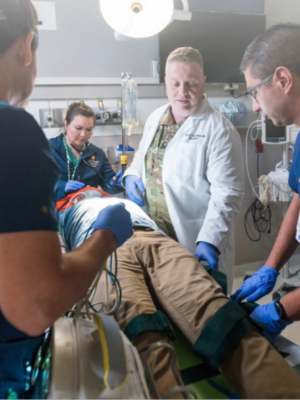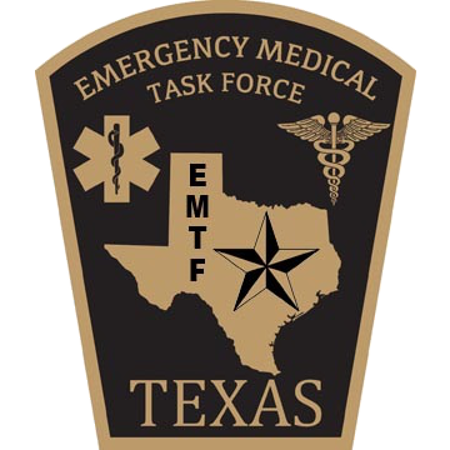The Southwest Texas Regional Advisory Council
The Southwest Texas Regional Advisory Council (STRAC) is designated by the Texas Department of State Health Services (DSHS).
July 15th, 2025
Save the Date for the 2025 National Whole Blood Summit!
Please join us for the National Whole Blood Summit at the
Henry B. Gonzalez Convention Center.

2024 Conference Video
July 16-17th, 2025
Save the Date for our 2025 Conference!
Experience a wide range of transformative topics for all scopes of practice that directly impact our routine and emergent systems of care. From the new EMT-Basic to the experienced Physician in the fields of Trauma, Stroke, Cardiac, Pediatric, Perinatal, Injury Prevention, Behavioral Health, and Public Health & Disaster, you can look forward to learning something new!
Our Region

What We Do
The Southwest Texas Regional Advisory Council is designated by the Texas Department of State Health Services to develop, implement, and maintain the regional trauma and emergency healthcare system for the 22 counties in Trauma Service Area – P.





